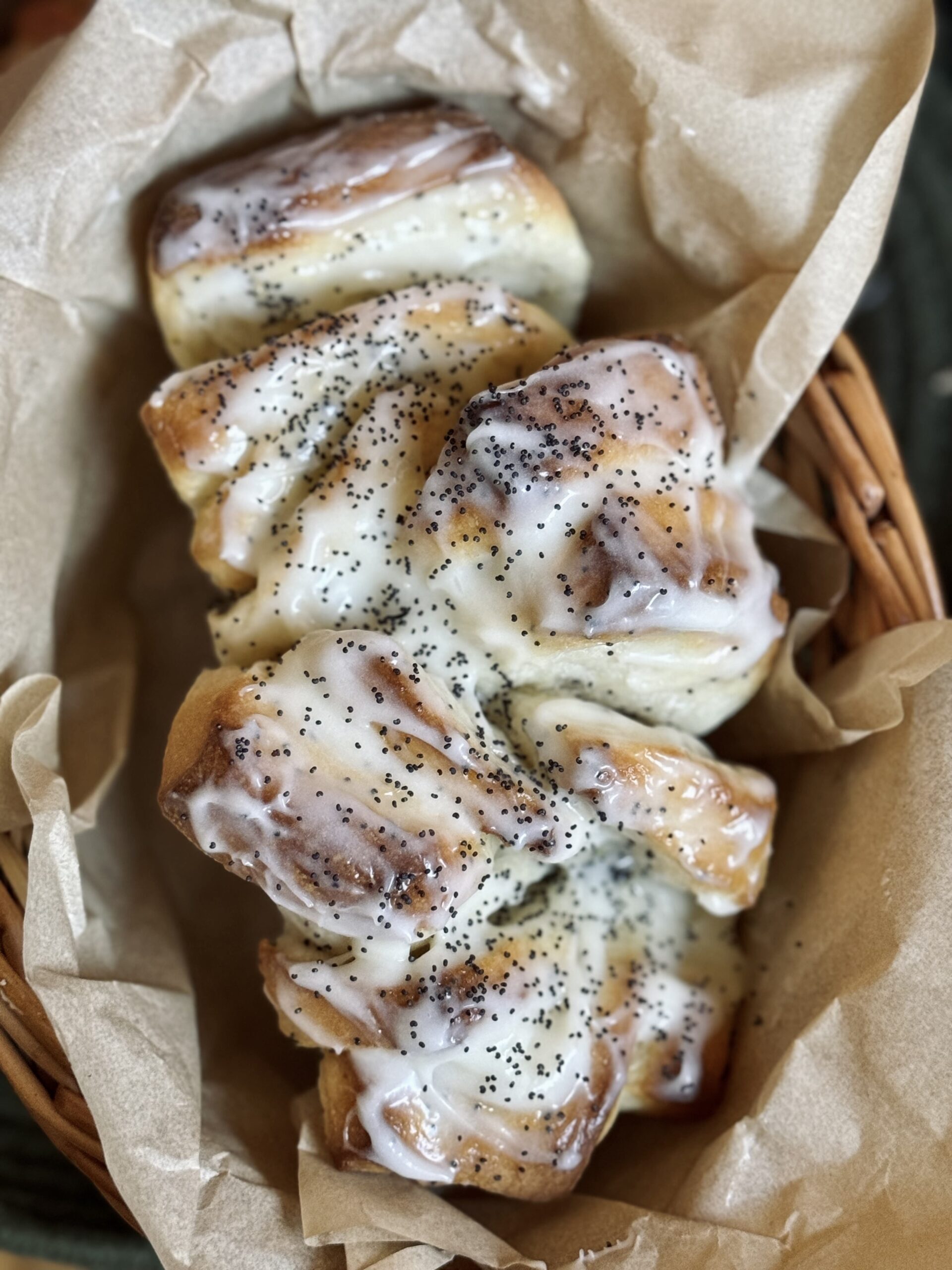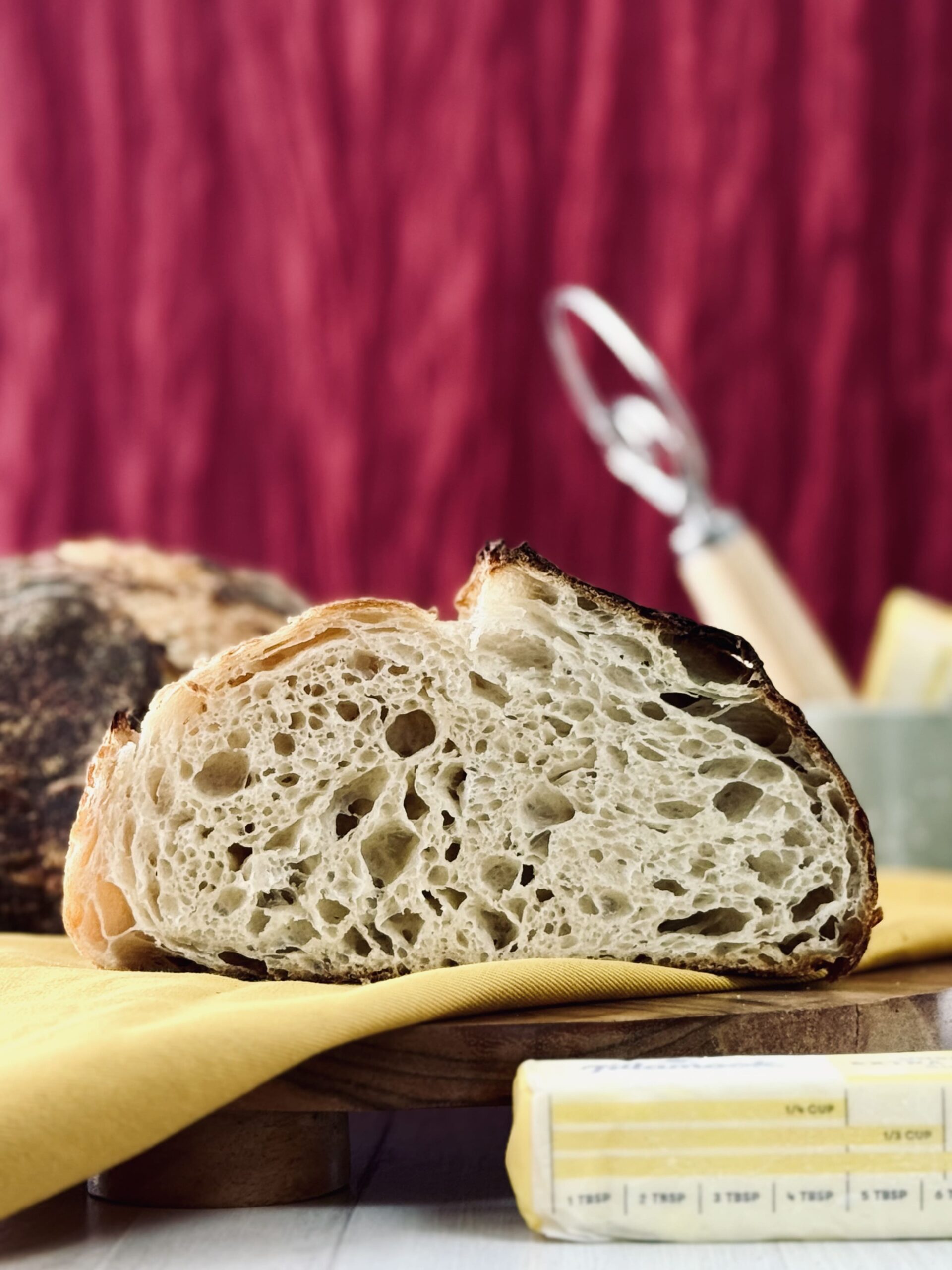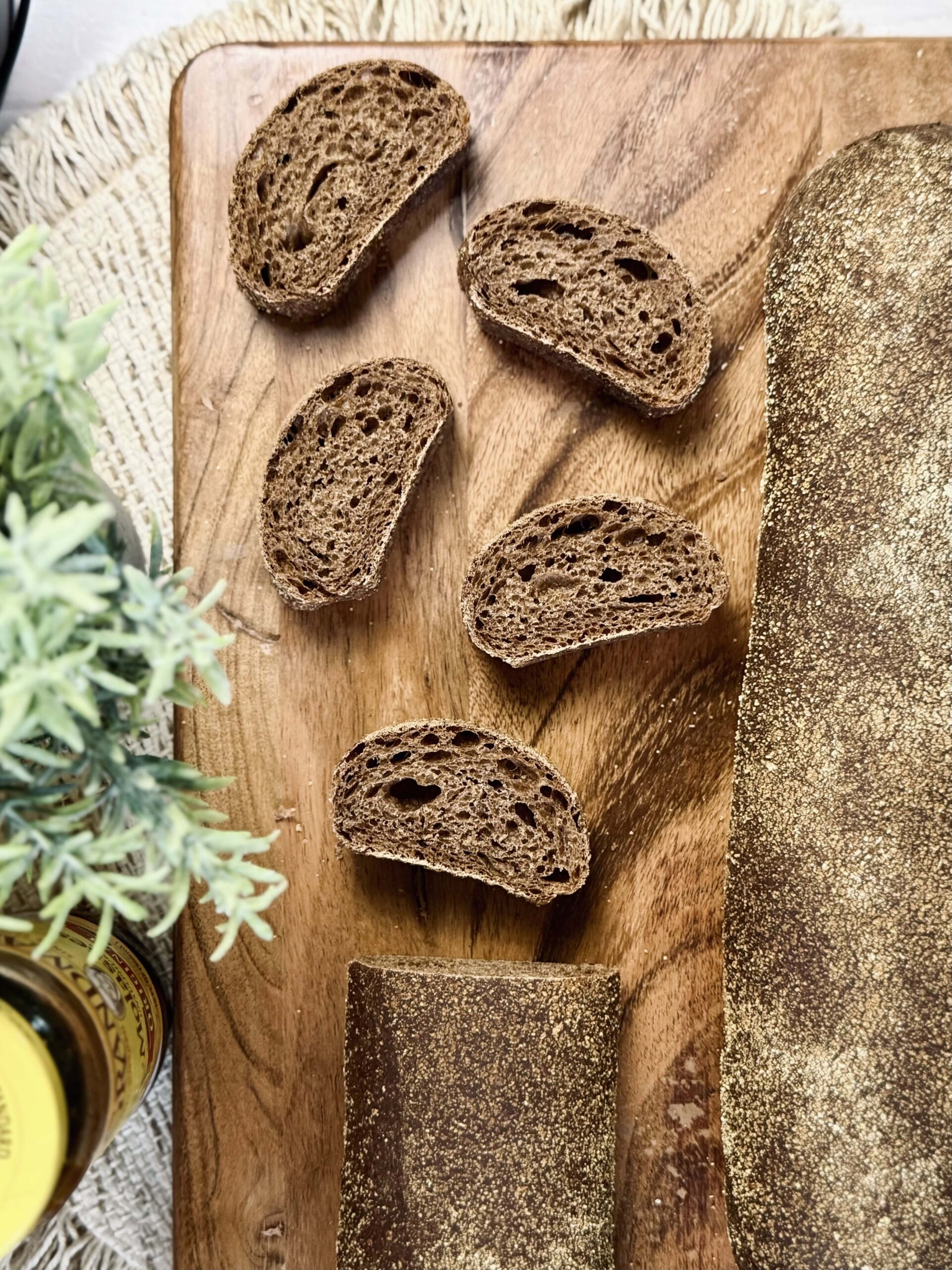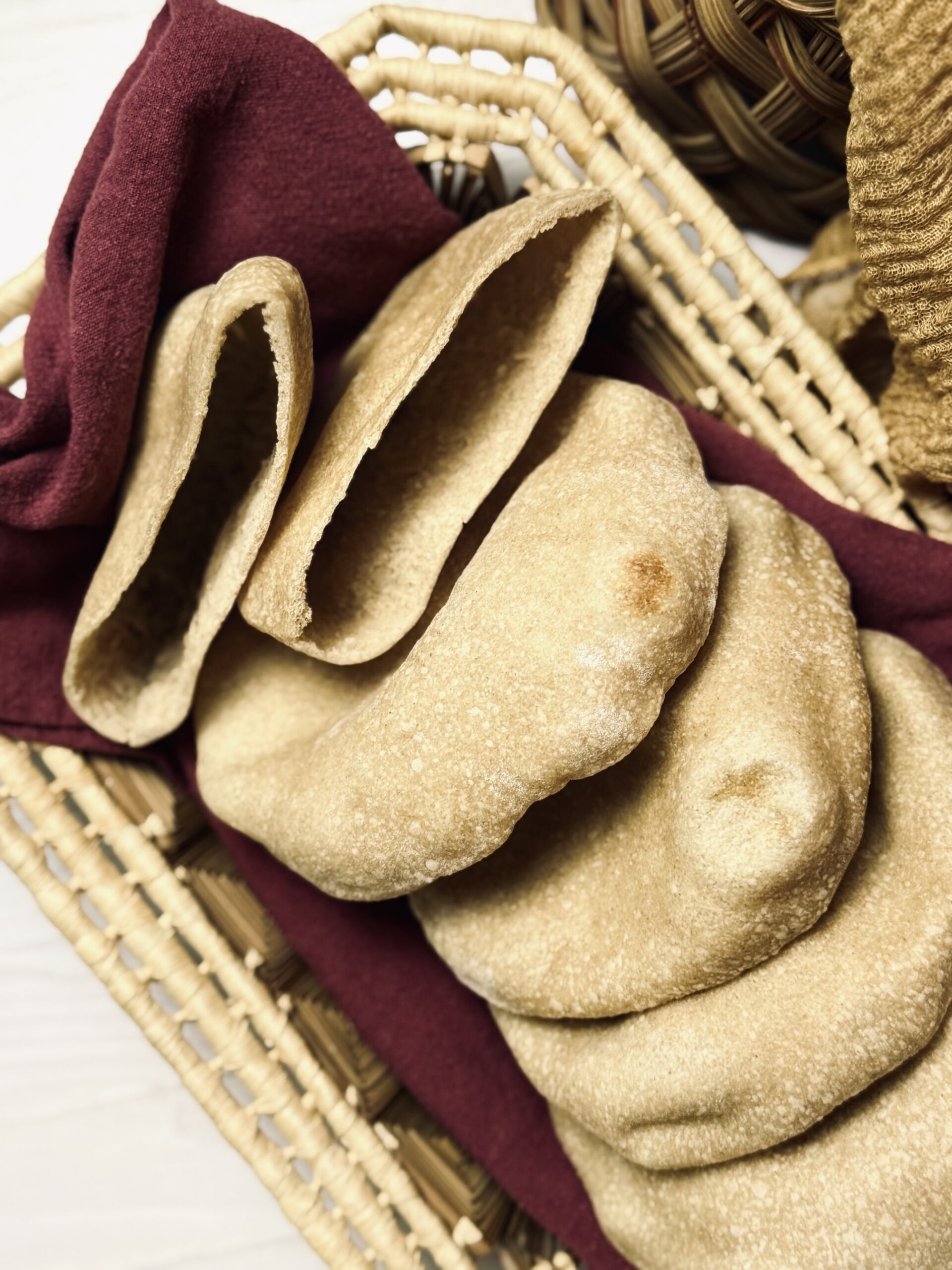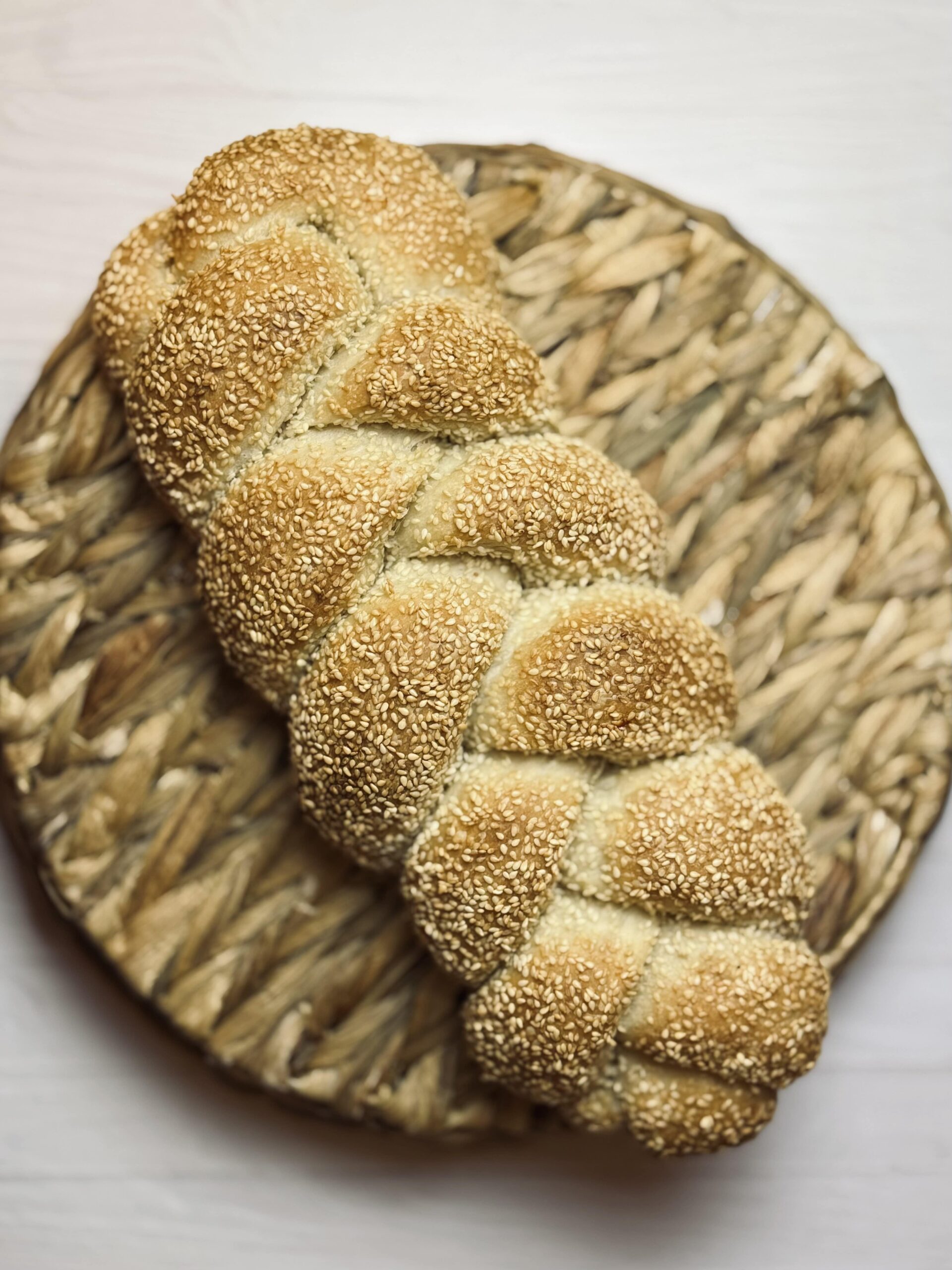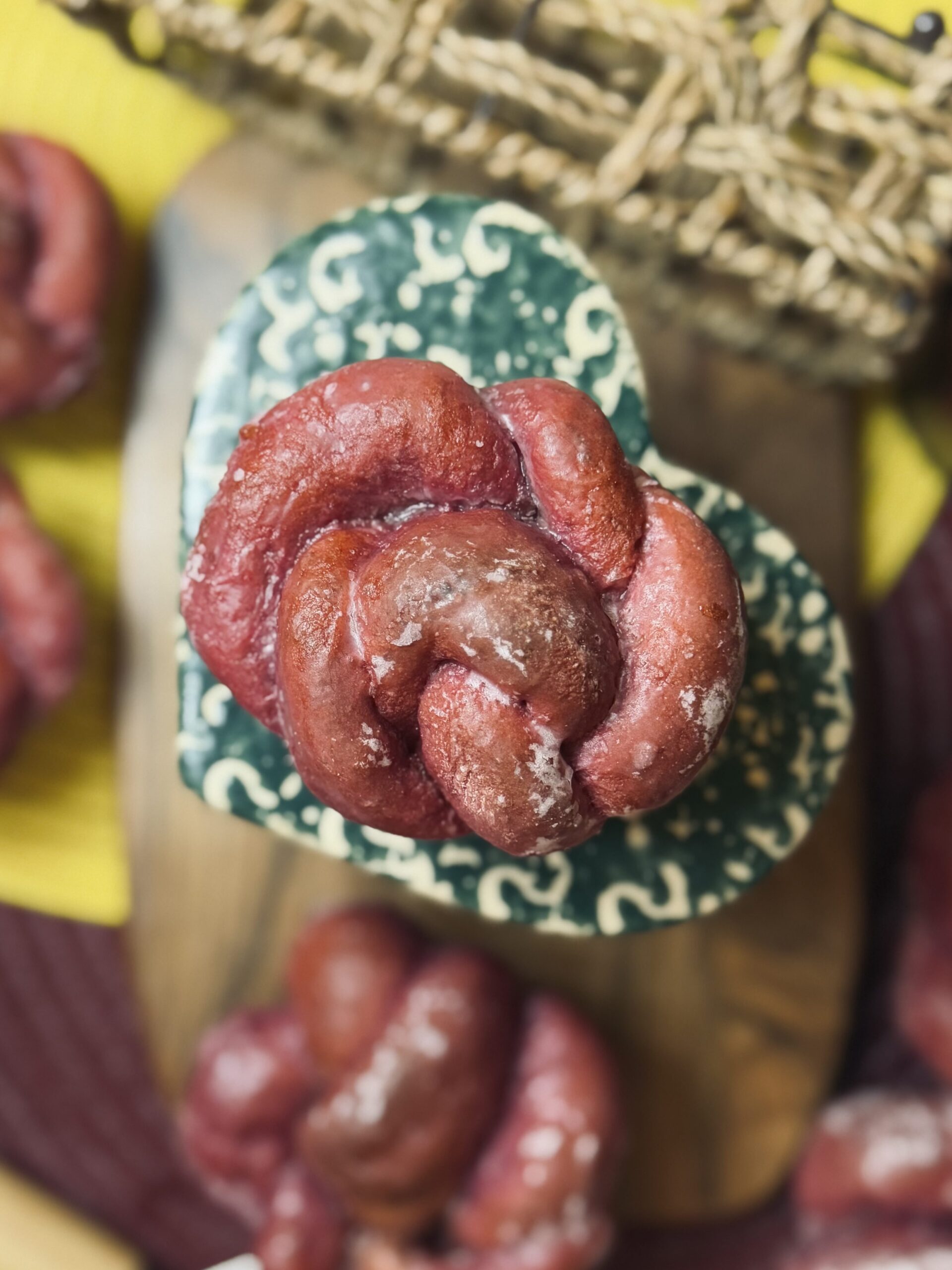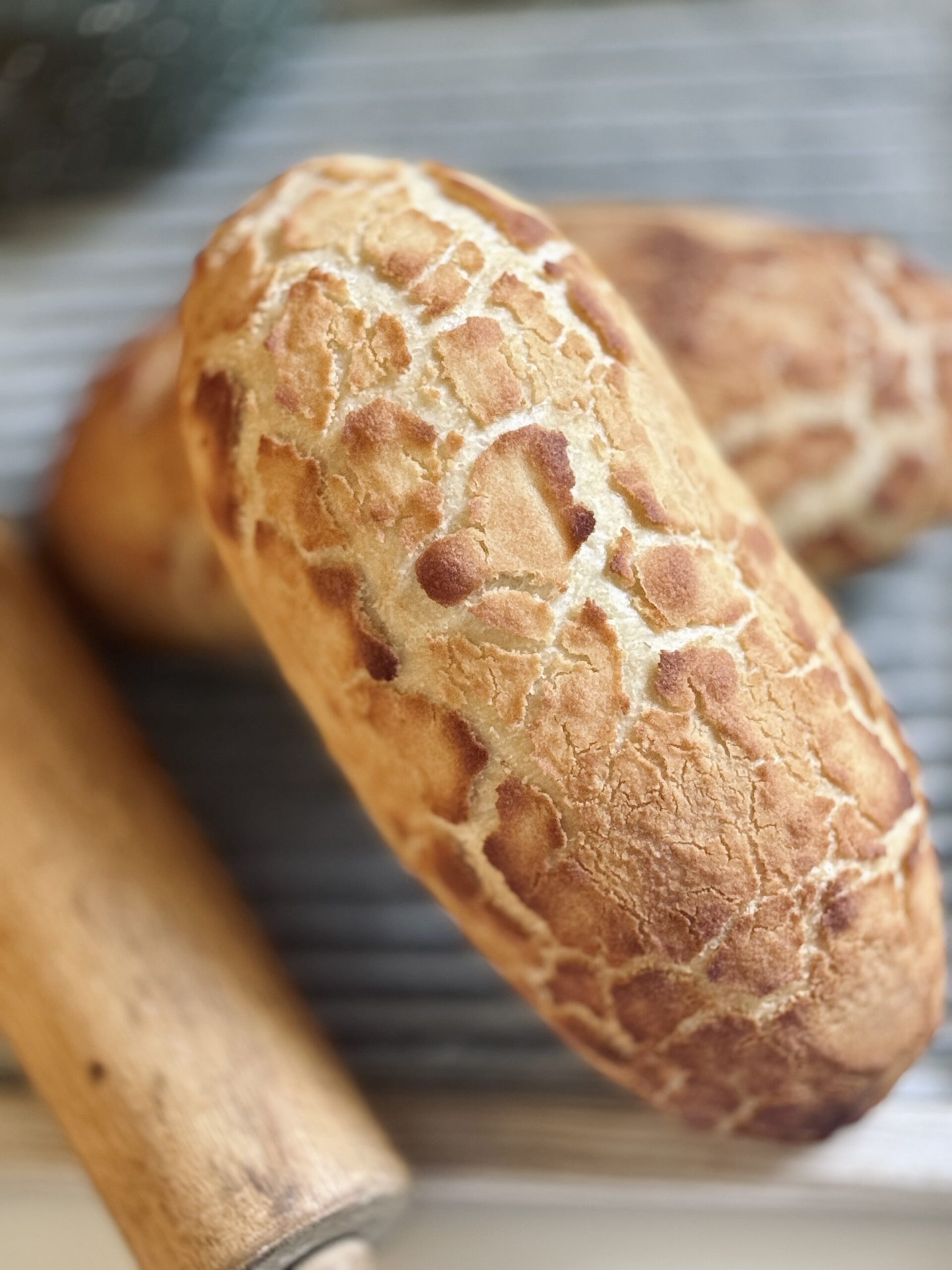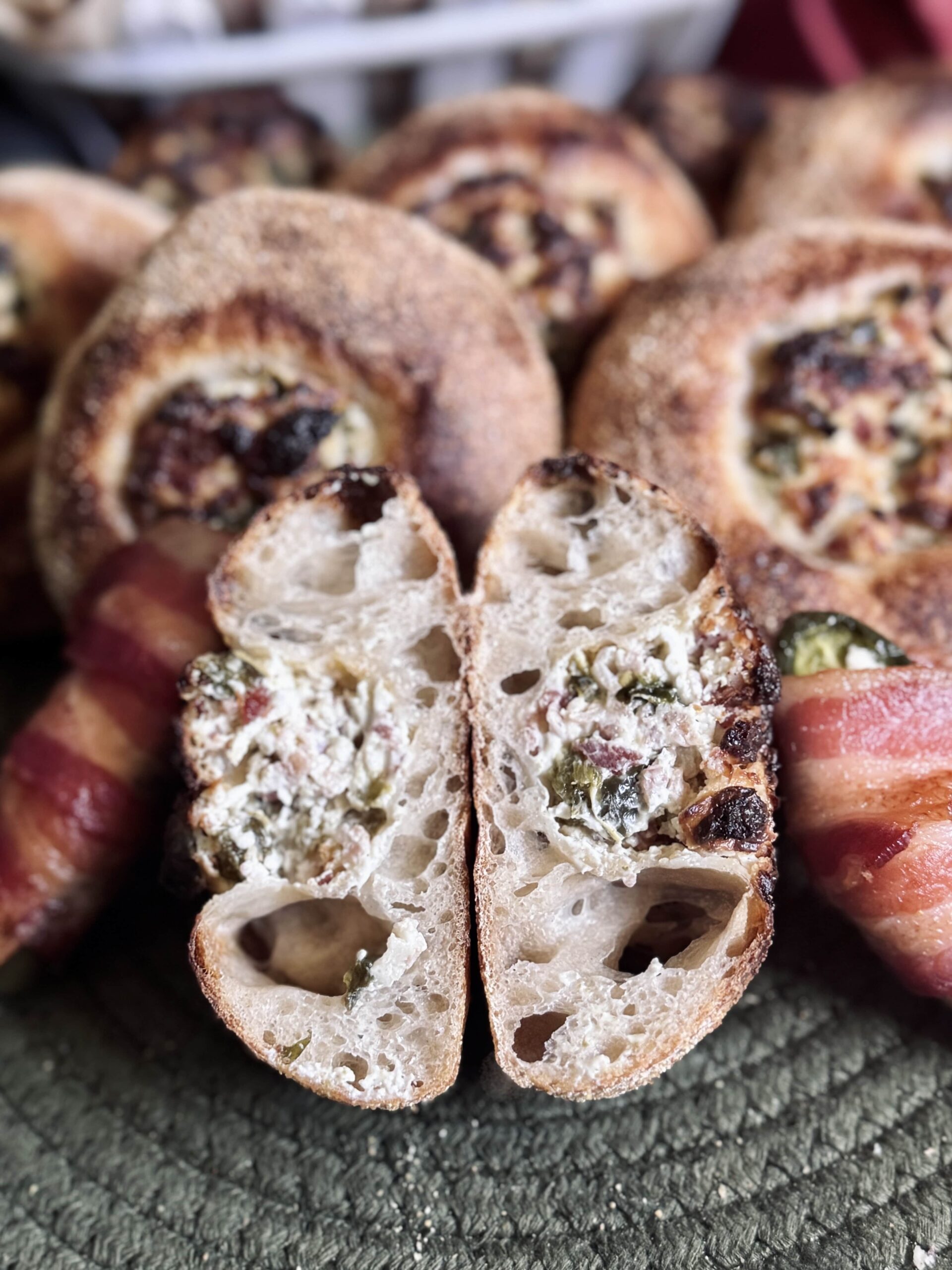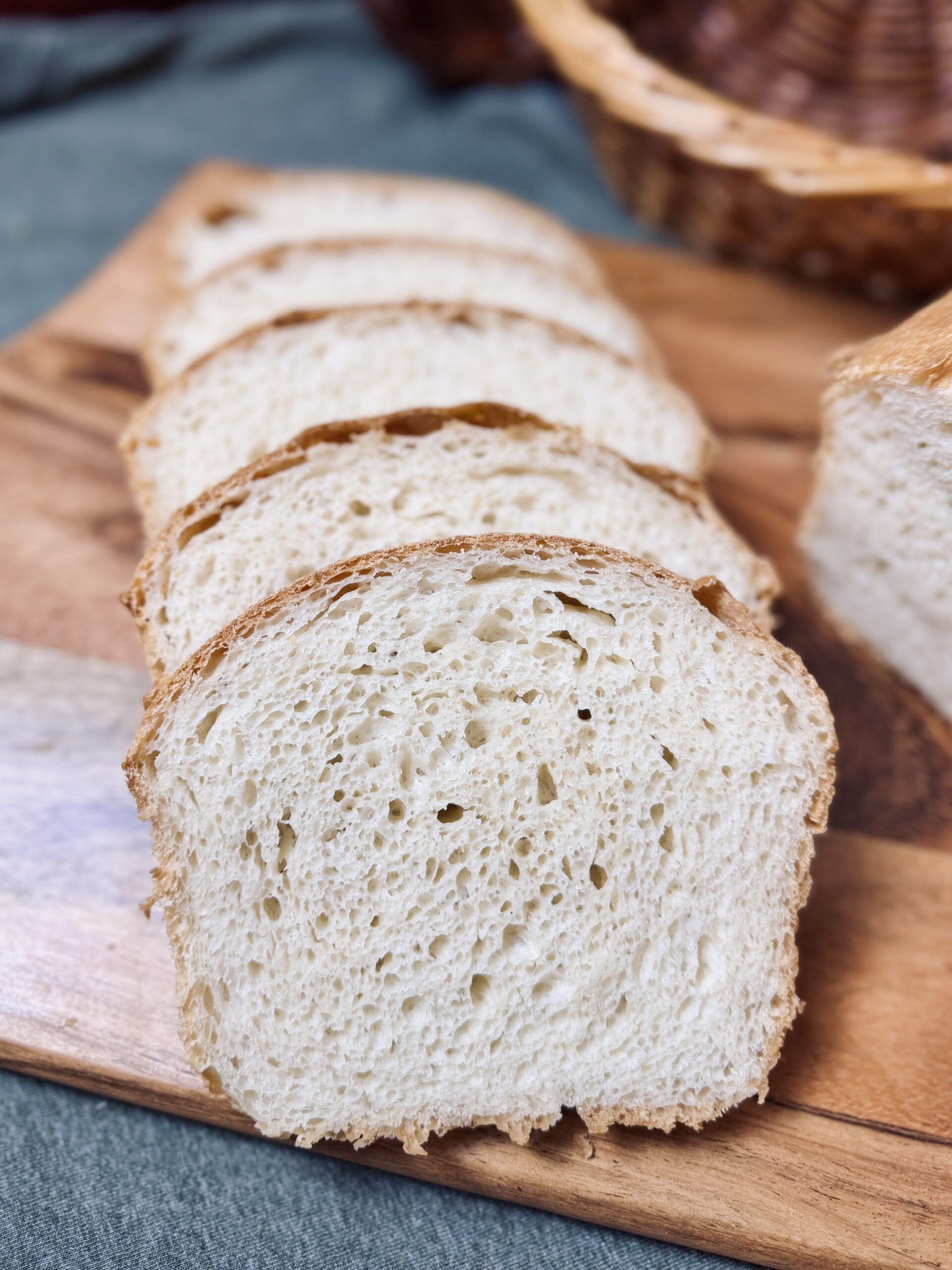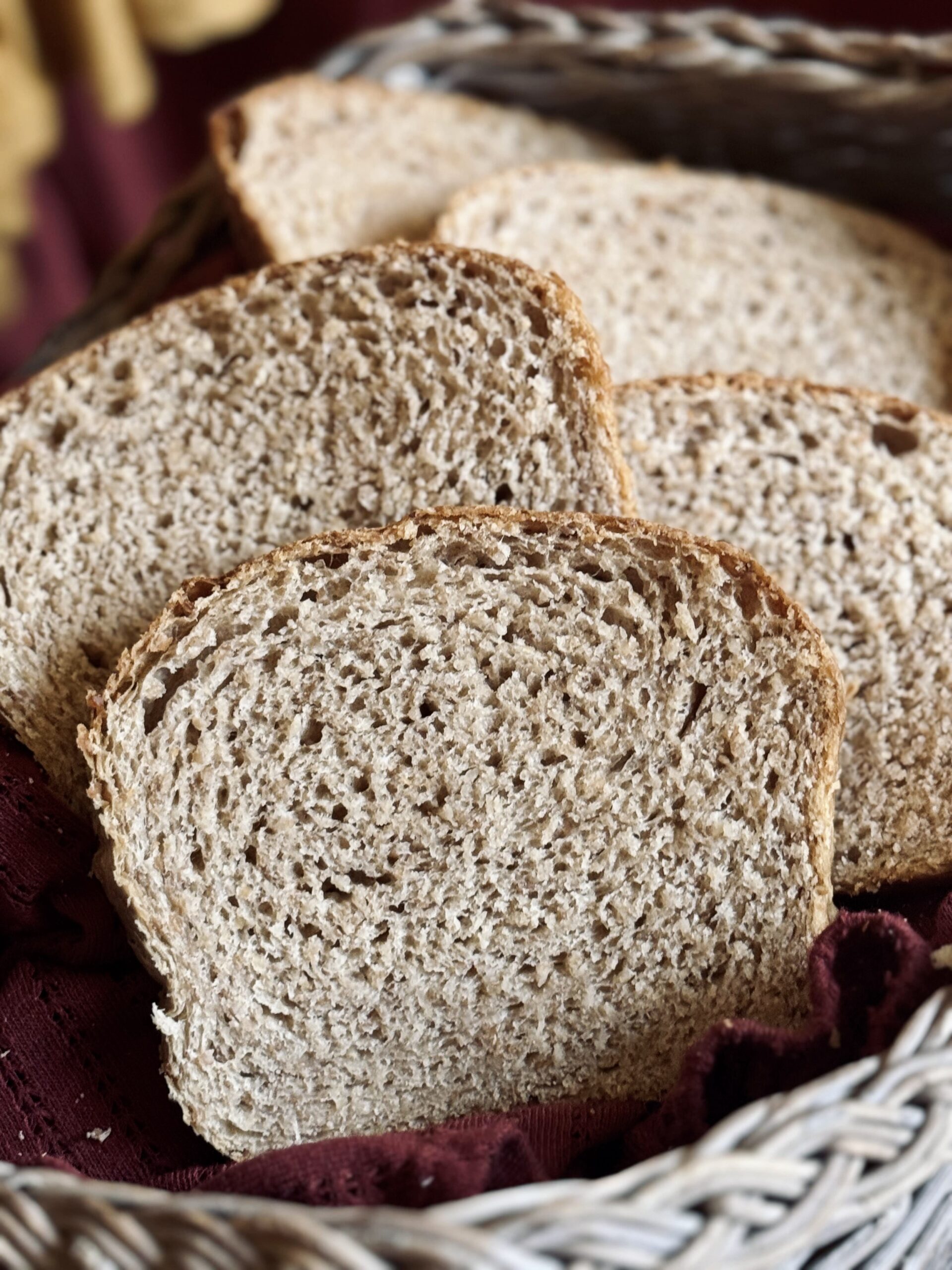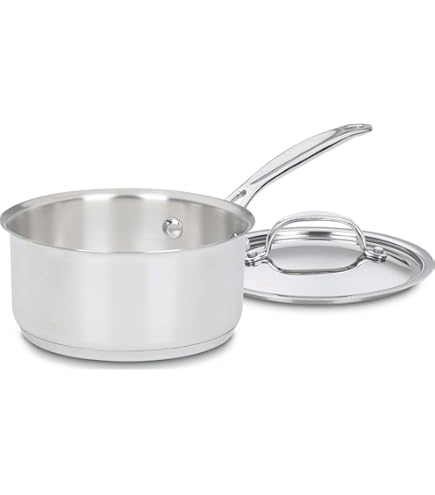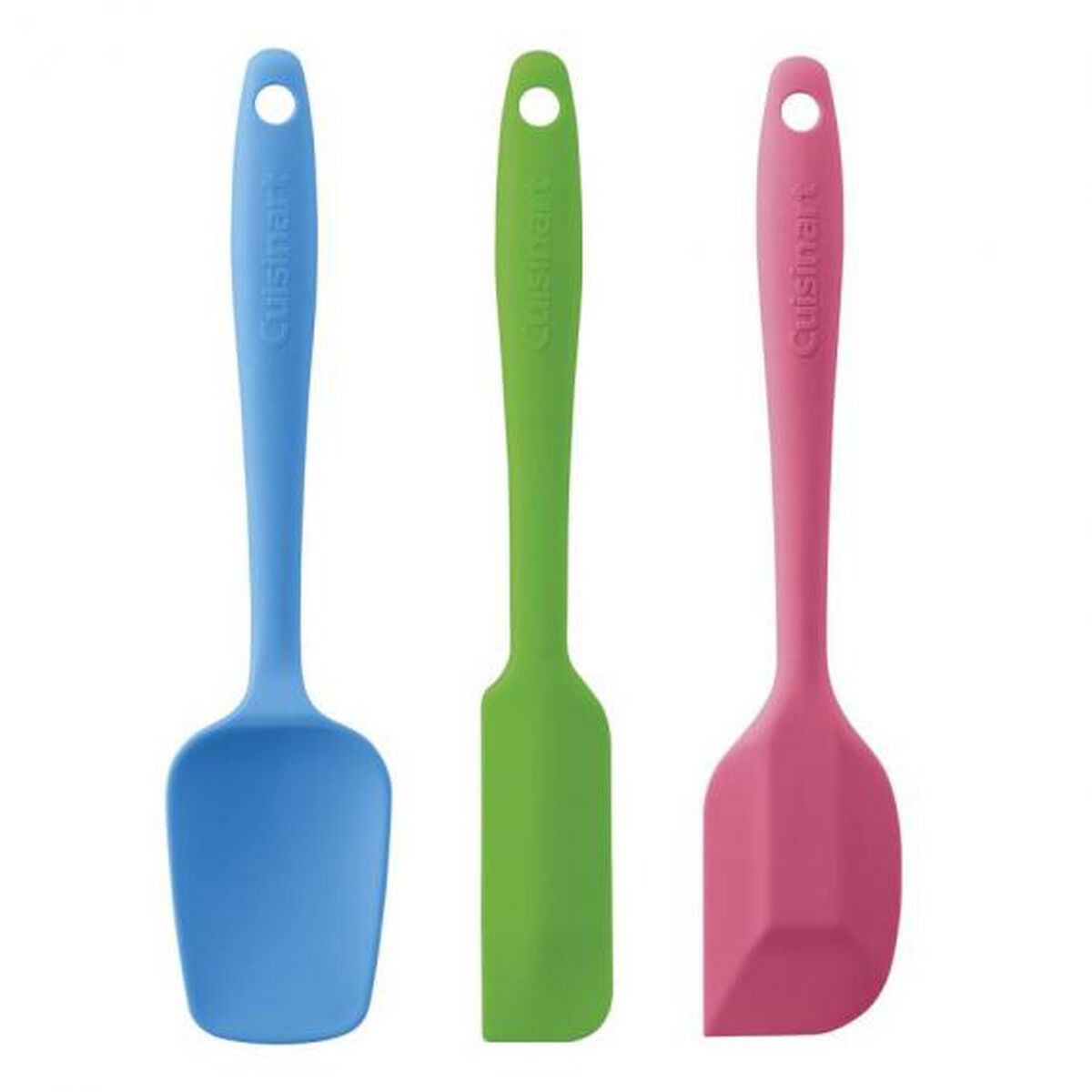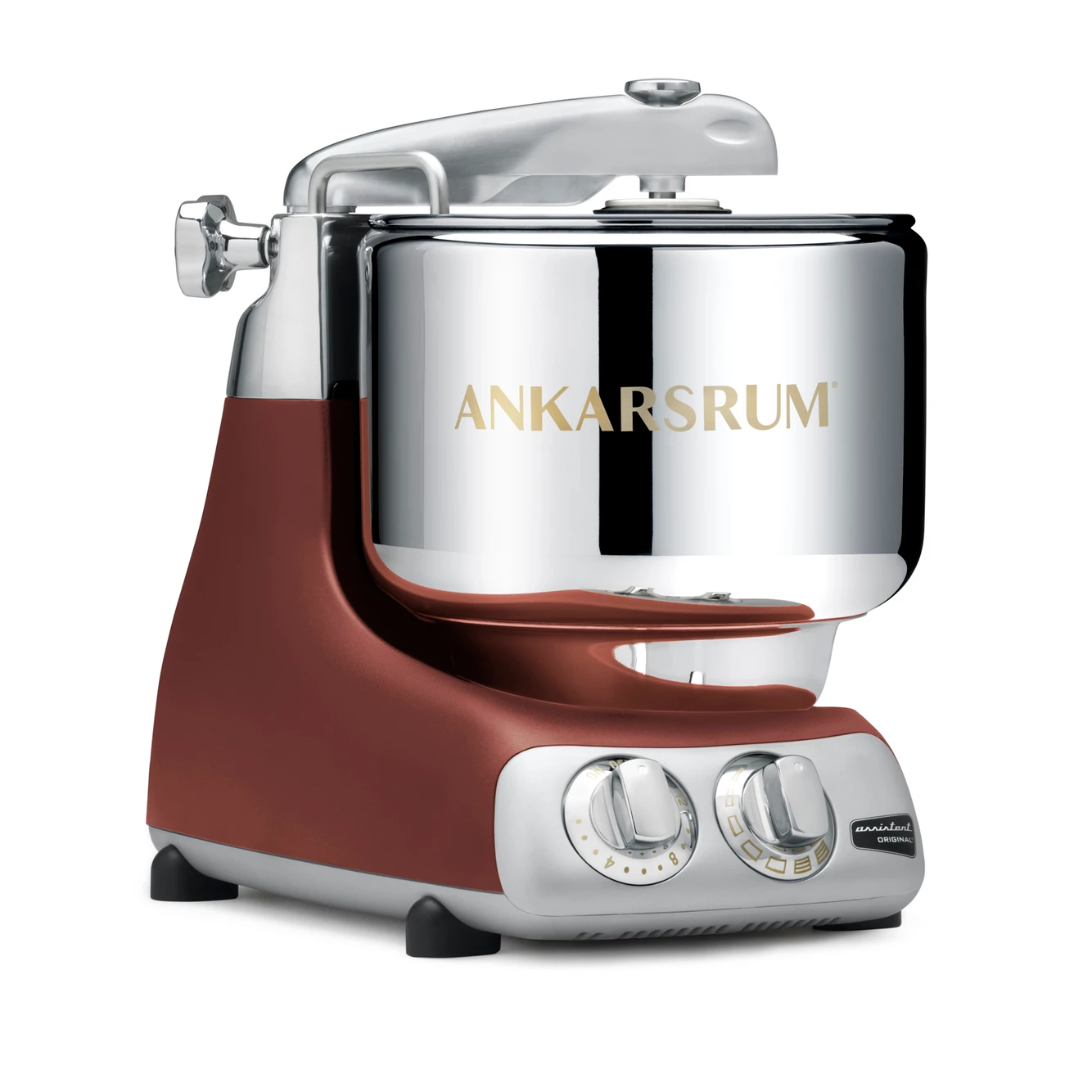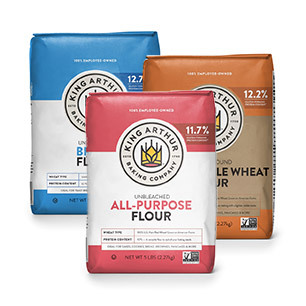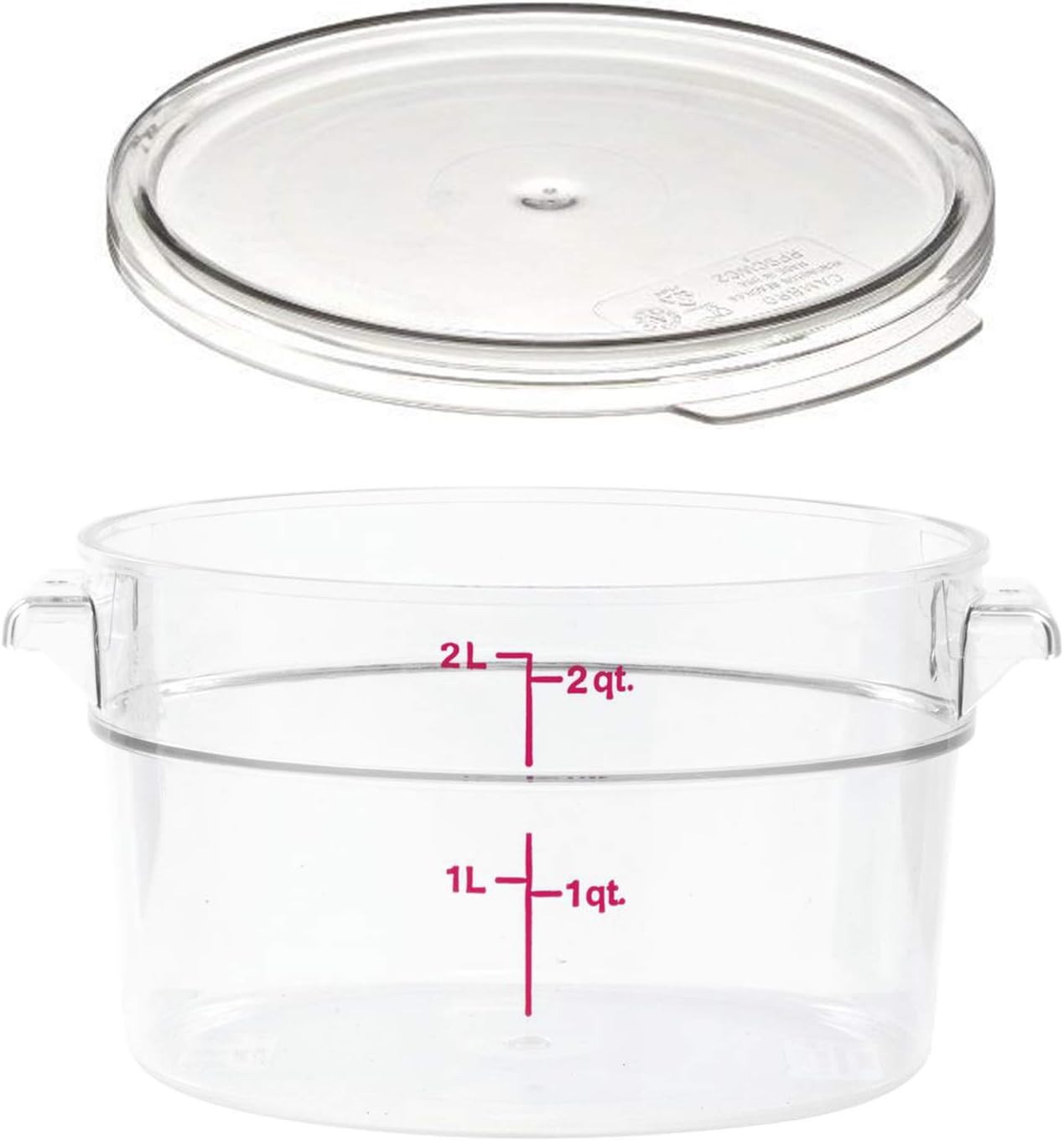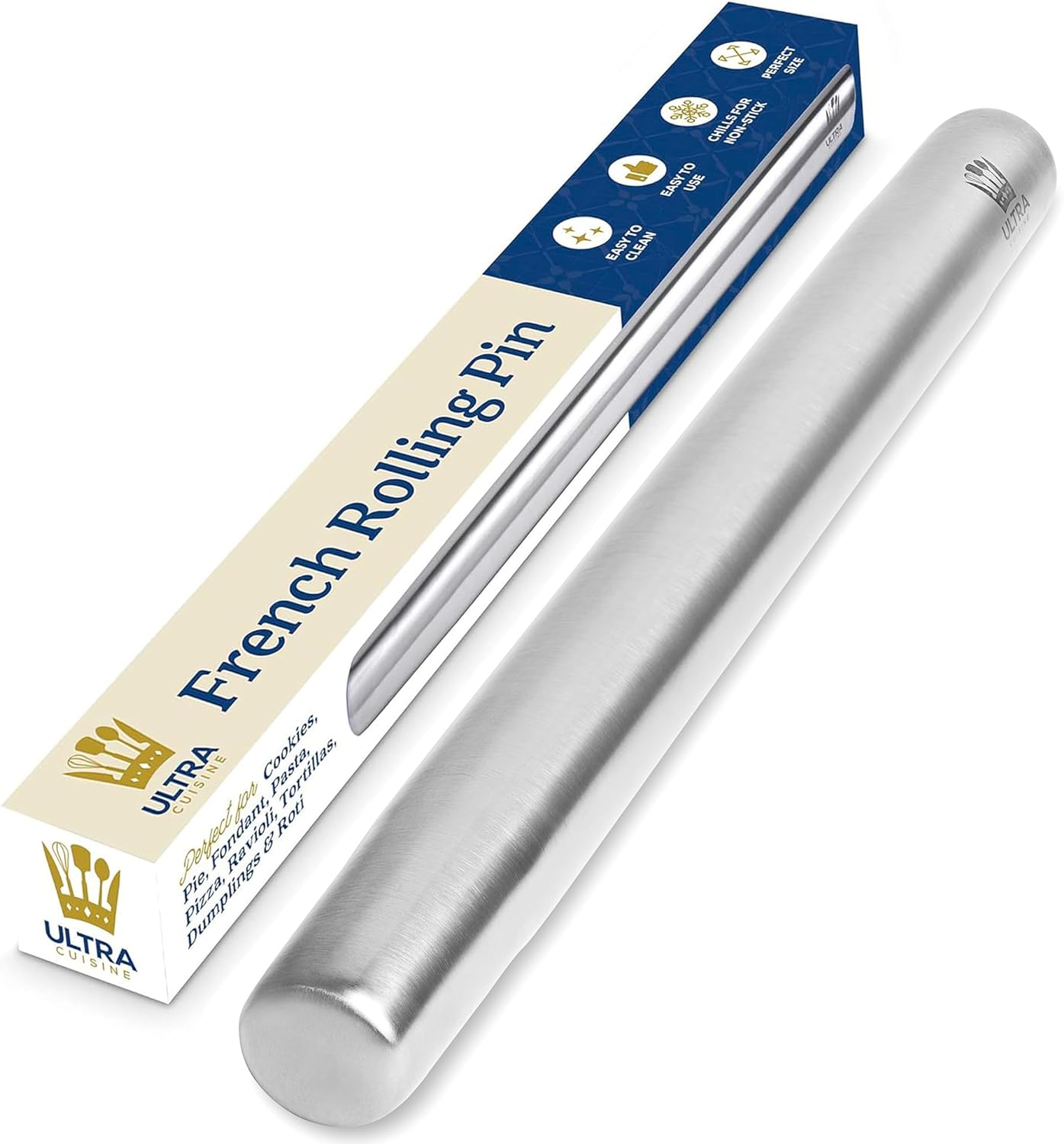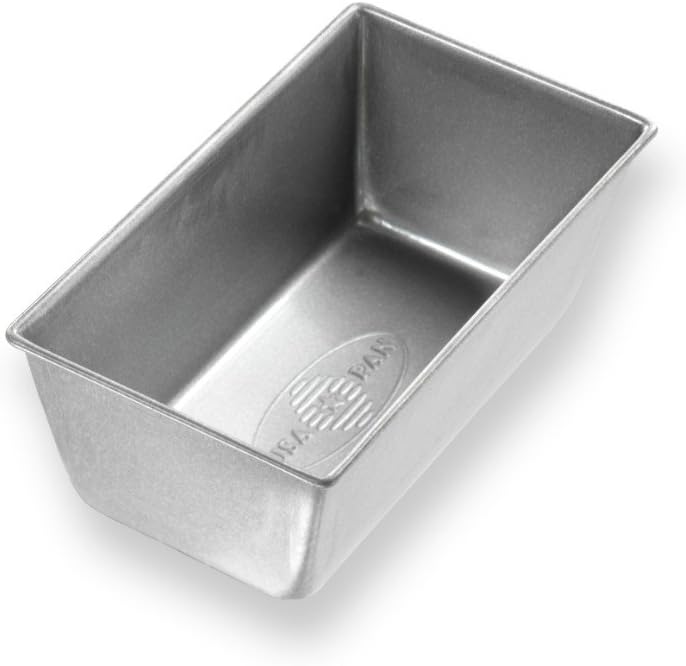About This Recipe
Sometimes, I have to move away from the chocolate and pull out the citrus. Pair delicate citrus flavors with warm, fluffy layers of pull-apart bread and the subtle crunch of poppy seeds – oh my! This enriched, sweet bread is a joyful twist on classic lemon poppyseed flavors, perfect for breakfast or brunch gatherings, or simply as a treat to brighten your day.
What Is Pull-Apart Bread?
Pull-apart bread is a type of bread divided into separate, small pieces, which are then assembled in a baking dish. During the final proof and bake, the pieces rise and fuse together, but remain distinct enough to easily be pulled apart by hand or with utensils. The pieces are usually coated in butter paired with a sweet or savory flavor combination, which aids in the pull-apart factor.
Considerations For Enriched Doughs
Enriched doughs, like this pull-apart bread, contain ingredients that can make it difficult for gluten to come together. Fats (usually butter) and sugars in medium to large amounts mean it is necessary to develop the dough to a windowpane up front, in order to have the best fermentation experience. Without gluten, the dough simply cannot hold in air the same way. A dough that is not developed properly may taste flaky, like a biscuit, instead of tender or airy (as is the goal).
On a scale of 1-10, one being unenriched (like country bread) and 10 being heavily enriched (like panettone), this bread is about a “5” – it contains a medium amount of sugar and butter, but not an obnoxious amount. With any enriched dough, though, I always resort to my stand mixer for the best experience. You’ll find this dough needs 15-20 minutes of kneading to achieve a windowpane. Especially because of the addition of butter, I always find this process simpler and more efficient using my stand mixer.
Some home mixers are not built for kneading bread efficiently. Check the manual for your mixer, and be sure it is safe to endure mixing times of up to thirty minutes, just to be on the safe side. The most complicated bread in the bread-making world is panettone, which requires mixing times of up to sixty minutes. It is so very important not to overwork the dough or the motor on your mixer. I love my Ankarsrum stand mixer, which is more than capable of living up to the task of kneading even the toughest of doughs. If you do not own a mixer, it is possible to knead by hand, as long as you are willing to endure the task of kneading to a windowpane up front. You can use any preferred method, or find ideas in my video on methods of gluten development, here.
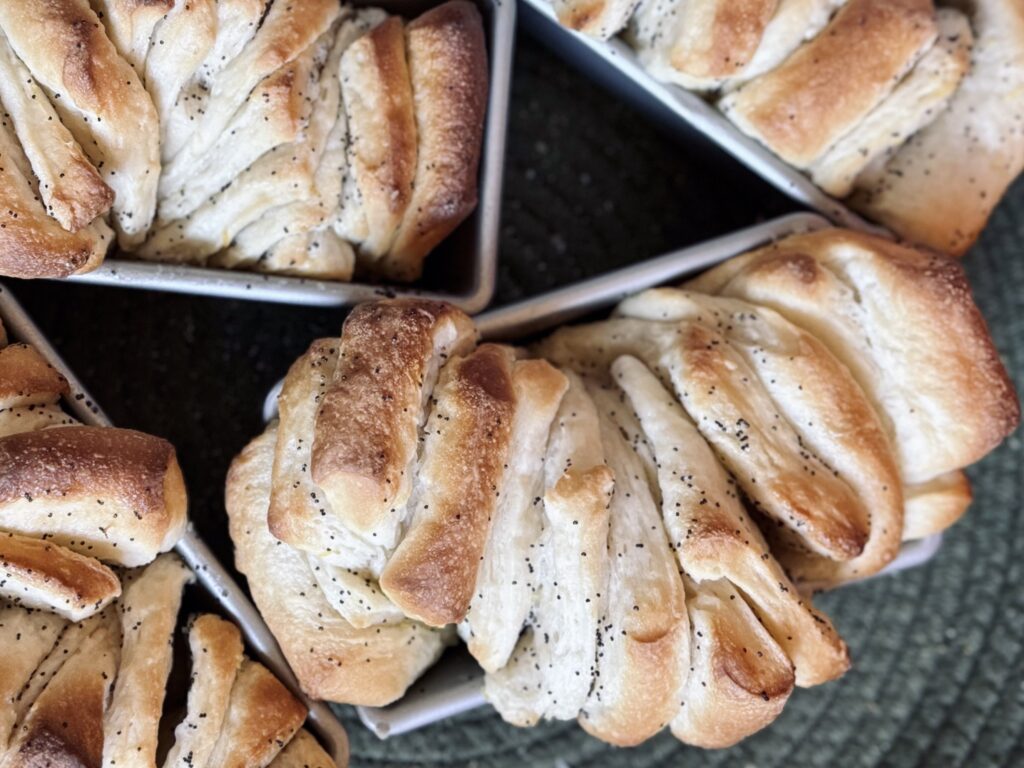
The “Why” Behind The Starter Build
Why Build A Starter (Levain) For This Recipe?
A “sour” flavor is not generally preferred for sweet breads. By building a levain, we can use a formula that helps to reduce overall sourness in the starter and in the bread. To do this, it is important to understand the starter, which consists of yeast and bacteria, and how the formula works to reduce sourness.
Sourness comes when bacteria are overpopulating in your sourdough starter, meaning they are out of balance with the yeast. This happens naturally, as bacteria reproduce faster than yeast do, especially in ideal climates. To limit sourness, it is important to favor the yeast in starter care. In this levain formula, I do just this in order to limit acidity and reduce overall sour flavor.
Stiff Starter
By giving the yeast more food (this means they can continue to eat, multiply, and produce CO2) and reducing the amount of water (bacteria favor wet climates), we can effectively reduce the amount of acidity in our starter at the same percentage of rise as a starter made with equal amounts of flour and water.
Sugar
This is one of the most important components of this levain – do not skip it! Sugar is a powerful tool. Added in low amounts, it feeds the yeast and speeds up fermentation. Added in high amounts, it dehydrates yeast cells and potentially stops fermentation altogether. Added in just the right amount, the yeast still thrive, but the bacteria suffer. 10-15% sugar in a recipe or levain creates something called “osmotic stress.” This stress to the bacteria limits their ability to reproduce, which limits acid buildup, thereby limiting overall sourness coming from the starter.
Temperature
In order to favor the yeast, I aim to keep this levain between 70-75 F (21-24 C) and use it when it has approximately doubled in size. Yeast produce most abundantly in these temperatures, while the bacteria in your starter (there are two types – lactic and acetic) favor temperatures both higher and lower than this. This specific temperature helps provide balance to the starter, which translates to how efficiently the starter ferments the bread and how mild the overall sour flavor is.
Optional Kneading
Have you ever heard of developing gluten in your starter? While it is not essential, kneading this starter for just a few minutes will help trap air, introducing oxygen and stimulating yeast growth. It also provides structure (by creating a slightly more elastic gluten network), which helps the levain rise and maintain peak more efficiently.
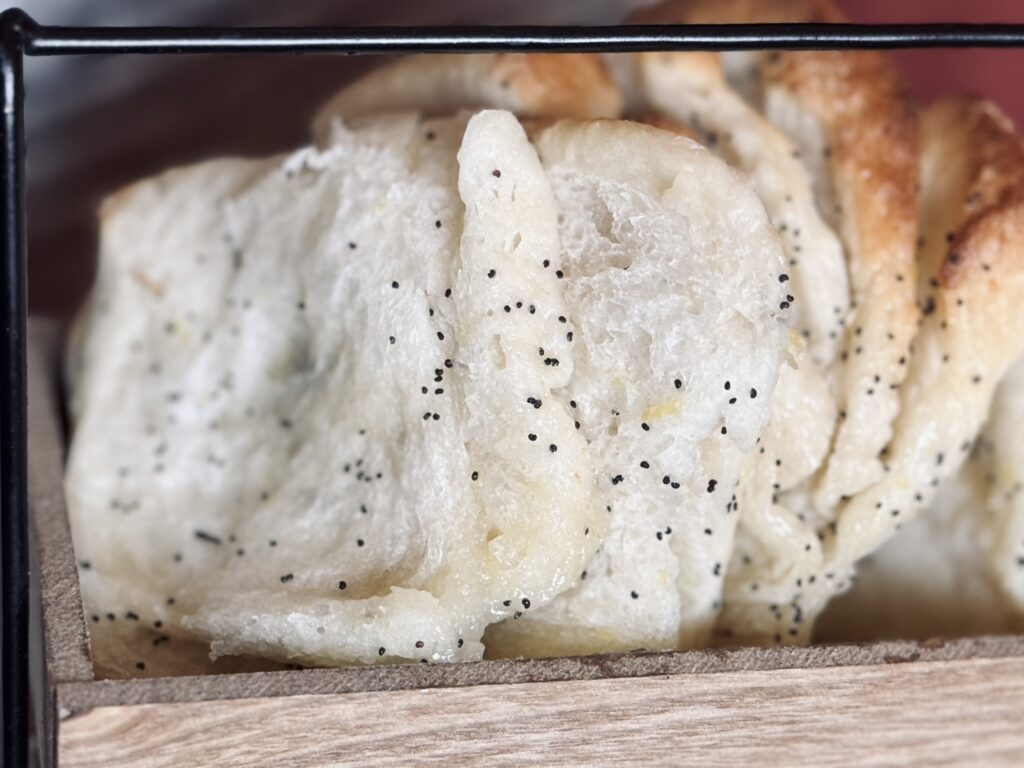
The “Why” Behind The Dough and Process
Tangzhong
Since I chose not to use a tangzhong in my cinnamon roll recipe, which this recipe is based off of, I figured excluding one here would be okay. Oh man, did I prove myself wrong. Tangzhong is magical, and provides impressive fluff and moisture retention to the dough, qualities that can only be achieved through similar techniques (such as yudane or brühstück). This pull-apart bread is not quite as butter-saturated as some of my other enriched doughs, namely brioche and cinnamon rolls, which seems to leave an opening for tangzhong to provide a needed final touch. Learn more about tangzhong here.
While tangzhong is magical, sometimes it is an extra step that we just do not have time for. Do not fear! If you desire to skip the tangzhong in this recipe, I provide the alternative milk and flour measurements at the end of the recipe card.
Buttermilk Mixture
This is a technique that stems from the beginning of my bread journey, when I first started making bread doughs using commercial yeast. I have kept this technique for a long time. Recently, though, I have started to change this technique, moving away from heating my milk, butter, and sugar on the stovetop. This is because a well-kneaded enriched dough gains extra heat through friction during mixing; therefore, heating the ingredients is not necessary (and could even bring too much warmth to the dough, depending on your mixer). Despite this, let me tell you my previous reasoning as to why I created a “buttermilk mixture” in this recipe:
First is a caution: buttermilk curdles easily. Be sure to stir consistently if you use this technique and keep your heat rising at a slow pace. You can also use milk in place of buttermilk.
By heating the liquid in the recipe with the sugar and the butter, we are able to simultaneously: a) create warmth that gets the yeast moving quicker, b) fully dissolve the sugar, and c) warm the butter without having to remember to soften a stick beforehand. There is not enough butter in this recipe to create greasy dough, as is the case with brioche, so melting (or, partially melting) it is definitely okay.
Let’s talk about the specific ingredients more in-depth:
Buttermilk
The truth is, I only discovered buttermilk by accident as I had extra leftover from my long-fermented corn muffin recipe. In all technicality, this ingredient is optional and can be replaced with milk instead. It’s acidic, but I do not find it produces a gross sour flavor. The acidity of the buttermilk, in my opinion, only enhances the acidic flavor being brought to this dish through the lemon. There is not any actual lemon in the dough, and if I had chosen to use a milk + lemon combination instead of buttermilk, it would have the same effect. Altogether, this addition brings complex and fun flavors, but is completely optional.
Sugar
This recipe contains approximately 16% sugar (speaking for the dough only). This is slightly more than just the 10-15% of sugar that is sometimes added to bread to create osmotic stress, meaning I did have to increase the percentage of starter to help this recipe ferment more efficiently. It also means the sugar does work to sweeten the dough (just a bit), while also reducing overall sourness.
Butter
Butter is a tenderizer; it makes the dough fragile and soft. The amount of butter here is about 14% of the total weight of the flour, small enough to not interfere with the gluten network (too much), but large enough to help keep the bread soft during baking.
Bread Flour
Bread flour increases the strength (elasticity) of the gluten network, which is helpful for enriched doughs containing butter and sugar (ingredients that can interfere with gluten). Bread flour also helps the dough come together more efficiently when kneading, reducing the total amount of necessary mixing time. While I used to make this recipe with a blend of all-purpose flour and bread flour, I now use bread flour only, just for the incredible way it holds the dough together. I use King Arthur Bread Flour, protein content about 12.7%, in any recipe that calls for bread flour (unless otherwise noted).
Salt
Salt helps bring out flavor (without salt, bread would taste almost like nothing), but also has notable effects on the dough. Salt is a tightening agent, meaning it, in addition to milk, helps create a more elastic (strong) dough. It does slow fermentation, as well as gluten development, but these are things we must account for in the recipe because we cannot have a recipe without salt. It is important to use just the right amount, enough to bring out the flavor, but not so much that the loaf cannot ferment or come together. I use the standard – 2% salt – in all my recipes, unless otherwise noted.
Mixing
Because butter and sugar can interfere with gluten’s natural ability to come together over time, it is preferable to knead this dough to complete development up front. That’s why I choose to use a stand mixer – because the process for this can be kind of enduring by hand (though it is possible). Using a stand mixer ensures a perfectly and effectively built dough with minimum effort on the baker’s part. Watch this video for all the ways to develop gluten in your bread.
I want to be more specific in this updated post about how to develop the dough properly in the stand mixer than I was when I originally published this recipe. This way, you can be successful mixing this dough using any stand mixer, or even by hand.
The ultimate goal: to knead this dough to a clear windowpane. When you pull up on a section of dough, it should not tear. You should be able to stretch the dough to a point where you can see through it before it breaks. The dough will show other signs of being ready, too, such as clinging to itself or forming a ball around the dough hook. If you have a KitchenAid or similar mixer, the stand mixer may start to “jump” when the dough builds sufficient strength.
The first step to achieving this is to mix the dough on a low to medium-low speed until the ingredients are fully combined and the mixture forms one cohesive mass of dough. This step simply brings our dough together and hydrates the proteins in the flour before the speed is increased and the focus shifts from combining ingredients to forming gluten. Too fast a speed during this initial mix can start to organize gluten that is barely created, negatively impacting the development of the dough.
Next, we increase the speed and knead the dough forms a windowpane. The speed you choose is up to you and what your mixer (and dough) can handle. The basic guidelines are this:
- A lower speed will take longer, while a higher speed will knead the dough much faster.
- A lower speed will keep the dough elastic (strong, not stretchy), while a higher speed will create extensibility (stretchiness).
- The dough temperature should not exceed 78 F (26 C).
- Use the guidelines from your mixer to determine what it is able to handle.
Bulk Fermentation
Letting the dough rise as much as possible, but not too much, contributes to the airiest of loaves. In an attempt to favor the yeast and reduce sourness, I recommend keeping the dough temperature between 70-75 F (21-24 C). Watch the dough and ferment until it doubles in size (at least; eight to twelve hours). If you developed the dough well in the stand mixer, you can let it triple in size before shaping. Though I favor an overnight method for this dough, use your knowledge of your environment to bulk ferment this dough appropriately.
The Filling
I tried many techniques for filling and shaping this pull-apart bread, and ultimately landed on creating a paste with softened butter. Melted butter does absolutely no good, as it all seeps to the bottom of the pan during the final proof. Adding the ingredients separately (as I do for my cinnamon rolls) leads to a lot of ingredients falling out during the slicing and stacking process. Making a paste is by far the superior technique and allows the filling to easily be spread from corner to corner of the rolled-out dough.
Sugar + Lemon
By rubbing lemon zest into the sugar, oils are released, contributing to a stronger lemon flavor.
Softened Butter
By using softened butter, we can effectively spread the butter (unlike cold butter) all over the dough and shape the mini loaves without fear of the butter pooling on the bottom of the pans (unlike melted butter) during the final proof.
Shaping
To shape this pull-apart bread, I chose to position the loaf pan vertically and stack the slices. This makes them easier to stack without having the slices falling over during the process. The slices will not reach the top of the pan, and that is perfectly okay. It is necessary for the slices to have room to expand during the final proof and bake, so they need to be loose and sort of spread out after they are stacked. To do this, I take my finger and place it on the top slice while I reposition the loaf pan horizontally. This keeps the slices from tipping over. Then, I give the pan a little shake to loosen and evenly distribute the pieces before their final proof.
Baking
These loaves are simple to bake, as they do not require the preparation of steam or a wash. Milk, sugar, and a good fermentation will cause perfect browning in the oven. I bake my milk breads (like this one) at a lower temperature than my water-based breads: 350 F (175 C). This “low and slow” temperature prevents over-browning and over-baking. A final internal temperature of 185 F (85 C) cooks these loaves until they are just done, leaving you with the softest and fluffiest end result.
Cream Cheese Frosting
The final touch and perfect garnish. Though you don’t have to have it, I wouldn’t skip it.
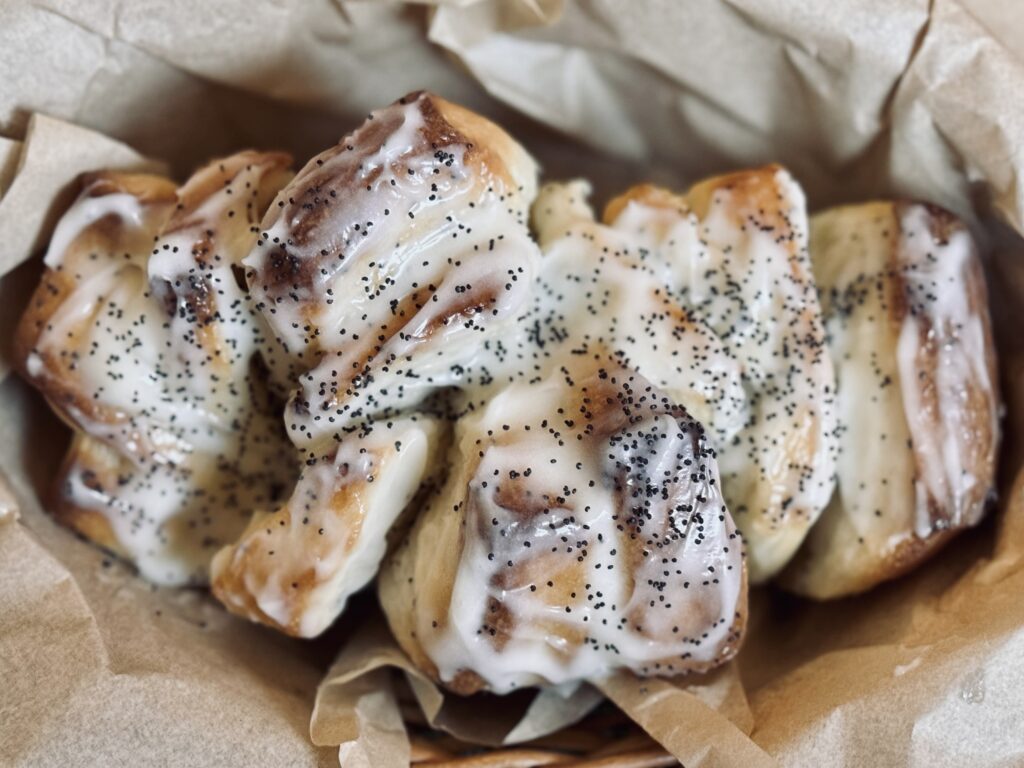
Suggested Timelines
Overnight Timeline
DAY 1
9:00 a.m.
- Make the sweet stiff starter.
- Make the tangzhong and refrigerate (option 1).
9:00 p.m.
- Make the tangzhong and freeze while preparing remaining ingredients (option 2).
- Mix and knead the dough.
9:30 p.m.
- Begin bulk fermentation.
DAY 2
7:00 a.m.
- Make the filling.
- Roll out the dough, fill, and shape.
12:00 p.m.
- Bake the mini loaves.
- Make the frosting.
- Enjoy!
Refrigeration Timeline
DAY 1
9:00 p.m.
- Make the sweet stiff starter.
- Make the tangzhong and refrigerate (option 1).
DAY 2
9:00 a.m.
- Make the tangzhong and freeze while preparing remaining ingredients (option 2).
- Mix and knead the dough.
9:30 a.m.
- Begin bulk fermentation.
7:30 p.m.
- Transfer dough to the refrigerator overnight.
DAY 3
8:00 a.m.
- Make the filling.
- Roll out the dough, fill, and shape.
2:00 p.m.
- Bake the mini loaves.
- Make the frosting.
- Enjoy!
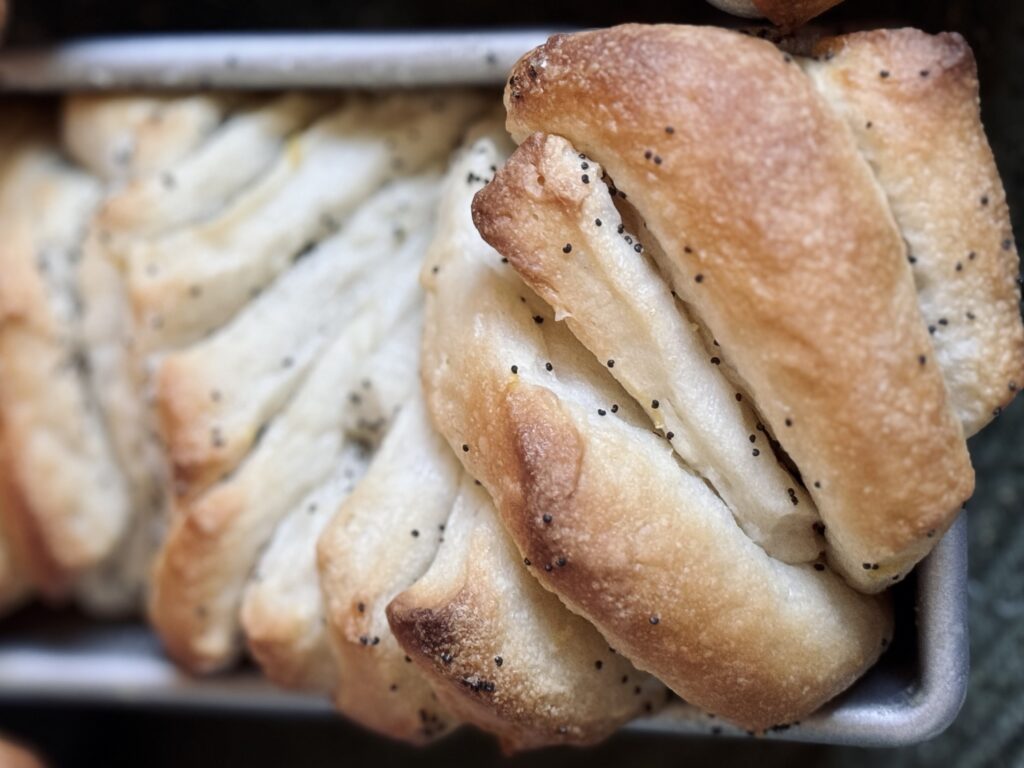
📌 Quick Tip: Read the recipe in its entirety before you start cooking. This will help you understand the ingredients, steps, and timing involved, and allow you to prepare any necessary equipment or ingredients beforehand.
Lemon Poppyseed Pull-Apart Mini Loaves
Ingredients
Sweet Stiff Starter
Tangzhong
Buttermilk Mixture
Main Dough
Filling
Cream Cheese Frosting
Instructions
-
Make the sweet stiff starter.
Mix together all ingredients for the sweet stiff starter 8-12 hours before beginning this recipe. Optionally, knead for 3-5 minutes to develop some gluten to help the starter rise. Cover and rest at room temperature.
-
Make the tangzhong.
Combine all ingredients for the tangzhong in a small saucepan. Heat over medium-low heat, whisking continuously, until the mixture thickens. Cover tightly with plastic wrap (to prevent a skin from forming) and cool completely before incorporating into the dough. This can be done 8-12 hours beforehand with the sweet stiff starter and placed in the fridge, or before mixing the dough and cooled in the freezer.
-
Warm the buttermilk mixture.
In a separate, small saucepan, combine the buttermilk, sugar, and butter. Stir almost continuously (to prevent the buttermilk from curdling), until the butter is partially melted, the sugar is dissolved, and the mixture is warm (not hot) to the touch, 90-100 F (32-37 C).
Buttermilk curdles easily when warmed, so be careful not to overheat this one. -
Begin the main dough.
Whisk together the flours and salt in the bowl of a stand mixer. Add the buttermilk mixture, tangzhong, and sweet stiff starter. Give it a rough stir.
-
Knead the dough.
- KitchenAid: Transfer to a stand mixer fitted with a dough hook attachment and knead on a medium speed (speed 4-6) 10-15 minutes, until the dough pulls away from (and “slaps”) the sides of the bowl and forms a ball around the dough hook. I knead on speed 6 for eight minutes, then slow to speed 4 for five more minutes.
- Ankarsrum: Using the dough hook and scraper attachment, knead on a medium speed (speed 4-5) 15-18 minutes, until the dough becomes strong enough to push the scraper away from the side of the bowl. Due to the smaller quantity of dough for this recipe, it may not climb up the dough hook as a sign of readiness, but will pass a windowpane test.
-
Bulk ferment the dough.
Transfer the dough to a proofing container and let the dough rise until it has at least doubled in size. This will take 8-12 hours, so I love to do this as an overnight dough.
Now is a good time to take out the butter (for the filling) and cream cheese (for the frosting) to soften. -
After the dough has risen, grease four mini loaf pans and set aside.
-
Make the filling.
Rub the lemon zest into the sugar until it resembles wet sand. This will bring out the oils in the zest, which will enhance the flavor of the lemon. Add the poppy seeds and softened butter, then knead until everything is well combined.
Shape the dough.
-
Flour your working surface. Roll out dough into a 16 inch X 16 inch rectangle. Top with the softened butter and sugar mixture, being sure to go all the way out to the edges of the dough. Cut the dough into 64 squares (2 inch X 2 inch).
-
Place one of the greased loaf pans vertically next to your working surface. Stack 16 squares into the loaf pan, stretching each square, if necessary, before stacking. It is okay if the squares are not perfectly even, as this will add character to the final loaf. Be sure the squares do not press into each other; it is important to keep everything as loose as possible so that the dough has plenty of room to expand.
-
Turn the loaf pan back to its normal, horizontal position and give it a little shake, if needed. This will ensure the squares are spaced evenly and loosely in the pan. Repeat with the remaining squares and loaves, for a total of four loaves.
-
Final proof.
Cover the loaves and let them rise again until very puffy, 2-4 more hours.
-
Preheat your oven to 350 F (175 C).
-
Bake.
Bake the mini-loaves for 25-30 minutes, until the internal temperature reaches 185 F (85 C). It may help to place a half-size sheet pan on the rack underneath the loaves, to catch any butter that may drip over the top of the pans.
-
Cool the mini loaves for five minutes in the pan, then remove and place on a wire rack.
-
Make the frosting.
Combine the cream cheese, butter, lemon juice, and powdered sugar in a food processor and process 30-60 seconds, until smooth.
-
While the loaves are still warm, spread the frosting all over the top. Sprinkle with poppy seeds. Enjoy!
Nutrition Facts
Servings 12
- Amount Per Serving
- Calories 418.51kcal
- % Daily Value *
- Total Fat 17.51g27%
- Saturated Fat 10.48g53%
- Trans Fat 0.45g
- Cholesterol 45.08mg16%
- Sodium 333.04mg14%
- Potassium 128.43mg4%
- Total Carbohydrate 59.88g20%
- Dietary Fiber 1.52g7%
- Sugars 28.65g
- Protein 6.68g14%
- Vitamin A 143 IU
- Vitamin C 8.69 mg
- Calcium 64.34 mg
- Iron 2.03 mg
- Vitamin E 0.65 IU
- Vitamin K 1.51 mcg
- Thiamin 0.35 mg
- Riboflavin 0.28 mg
- Niacin 2.99 mg
- Vitamin B6 0.04 mg
- Folate 19.37 mcg
- Vitamin B12 0.11 mcg
- Phosphorus 86.95 mg
- Magnesium 17.74 mg
- Zinc 0.57 mg
* Nutrition values are auto-calculated and should be used as an approximation only.
Notes
- Storage: I like to store these in a covered dish on the counter for three to five days. No need to reheat (unless you want to); enjoy straight from the container on the counter.
- This recipe can be made without tangzhong, if desired. Skip the tangzhong, use 320 g (1 ⅓ cups) of buttermilk (or milk) in the buttermilk mixture, and use 400 g (2 2/3 cups) of bread flour in the main dough.

